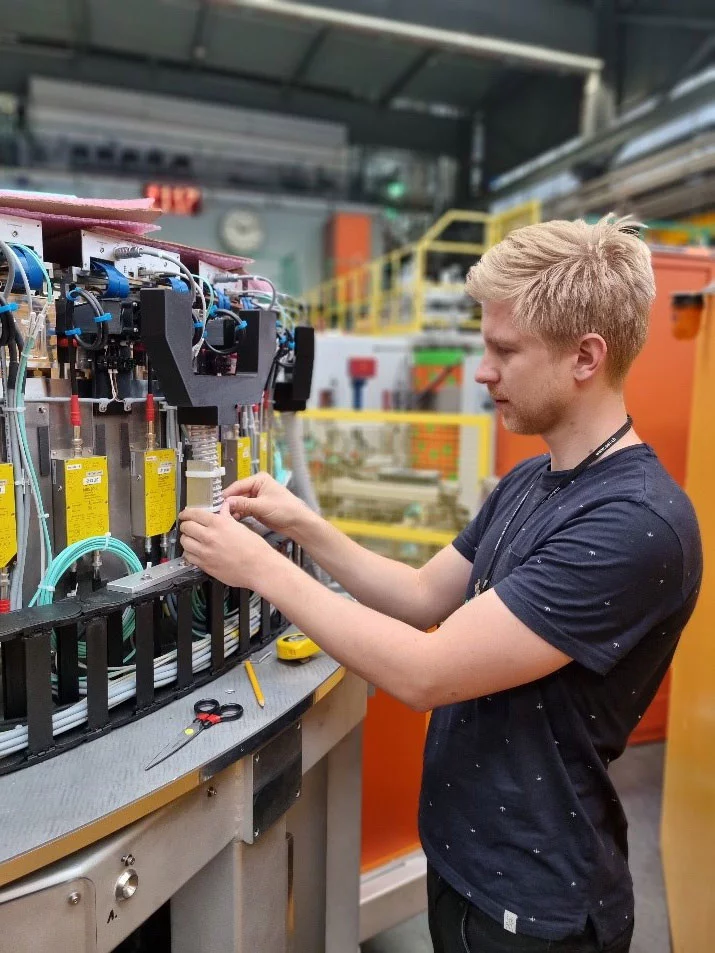A collaboration between the Institute for Energy Technology (IFE) and the Paul Scherrer Institut (PSI) provides dedicated beam-time to Norwegian scientists, bringing with them a diverse range of exciting topics ranging from revealing hidden inscriptions in amulets to neutron based cancer therapies.
The Institute for Energy Technology (IFE) and the Paul Scherrer Institut (PSI) have signed an agreement for the conduct of the joint collaboration project Development and access to neutron scattering equipment and instruments. On basis of this contract, numerous projects by Norwegian scientists have been initiated comprising a wide range of topics. These include neutron diffraction experiments to study the structural and magnetic properties of novel materials, tomography studies of archaeological findings to study hidden inscriptions in amulets, the investigation of water transport mechanisms in plants and soil and a medical project related to cancer treatment with neutrons.
One such project deals with the investigation of residual stress distribution on girth welds – a type of weld used to join pipes along their circumference. In this work, the residual stresses of two welds placed in proximity were measured using neutron diffraction at the POLDI beamline, which is dedicated to materials science applications. Welds on pipes can occur close to each other when a repair is welded adjacent to an existing weld; but this places particular stresses on the pipe. The findings revealed that, when welds were positioned just 5-mm apart, residual axial stresses increased beyond the yield strength of the structural steel. This study enables practitioners to take remedial actions to minimize the residual stresses developed in girth welds fabricated at proximity and develop appropriate welding procedures.
The collaboration agreement also includes the secondment of postdoctoral scientists to SINQ. Dr. Øystein Slagtern Fjellvåg is the first IFE postdoc and works at the DMC instrument that has recently been upgraded with a high-performance 2D position-sensitive 3He detector. The detector’s high efficiency, two-dimensional readout, and large solid-angle coverage allow measurements of small sample sizes, small-moment compounds, and diffuse signals with an increased count rate for powder experiments of well above an order of magnitude. The newly available single-crystal options enable experimental possibilities that have not been feasible at SINQ up to now. The capabilities of the DMC instrument, together with the other instruments at PSI, are essential to Fjellvåg’s research on structural and magnetic aspects of Cr(II) and Cu(II) fluoroperovskites with special d4 or d9 electron configurations, which induce a structural Jahn-Teller deformation and interesting physical properties.
Reference:
Bhardwaj, S., Ratnayake, R. M., Polatidis, E., & Capek, J. (2022). Experimental investigation of residual stress distribution on girth welds fabricated at proximity using neutron diffraction technique. The International Journal of Advanced Manufacturing Technology, 121(5), 3703-3715. Read more
Contact:
Prof. Dr. Michel Kenzelmann
Head - Laboratory for Neutron Scattering and Imaging
Paul Scherrer Institute, Forschungsstrasse 111, 5232 Villigen PSI, Switzerland
Telephone: +41 56 310 5381
Email: michel.kenzelmann@psi.ch


